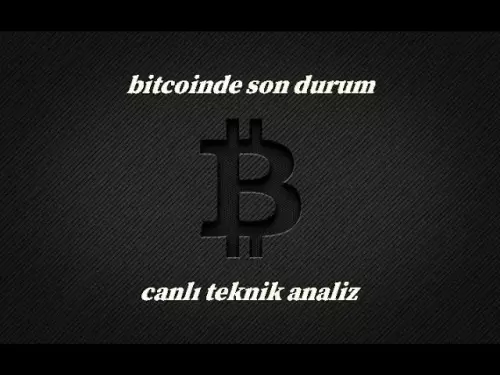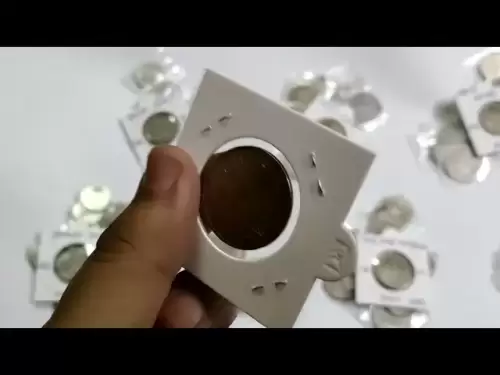-
 Bitcoin
Bitcoin $117,272.7457
1.45% -
 Ethereum
Ethereum $2,938.4907
0.32% -
 XRP
XRP $2.7050
7.14% -
 Tether USDt
Tether USDt $1.0003
0.03% -
 BNB
BNB $688.4019
0.08% -
 Solana
Solana $162.0506
-0.53% -
 USDC
USDC $0.9999
0.01% -
 Dogecoin
Dogecoin $0.1981
2.75% -
 TRON
TRON $0.3014
2.68% -
 Cardano
Cardano $0.7006
4.22% -
 Hyperliquid
Hyperliquid $45.7987
5.26% -
 Sui
Sui $3.3641
-1.74% -
 Stellar
Stellar $0.3530
17.81% -
 Bitcoin Cash
Bitcoin Cash $526.1849
1.91% -
 Chainlink
Chainlink $15.0782
-0.24% -
 Avalanche
Avalanche $20.4108
-1.04% -
 UNUS SED LEO
UNUS SED LEO $9.0974
0.64% -
 Hedera
Hedera $0.1908
0.86% -
 Shiba Inu
Shiba Inu $0.0...01307
-0.71% -
 Toncoin
Toncoin $2.9472
0.65% -
 Litecoin
Litecoin $93.4465
-0.72% -
 Polkadot
Polkadot $3.8633
0.76% -
 Monero
Monero $331.7195
1.21% -
 Uniswap
Uniswap $8.6299
3.44% -
 Dai
Dai $0.9997
-0.01% -
 Ethena USDe
Ethena USDe $1.0005
0.00% -
 Bitget Token
Bitget Token $4.5000
-1.64% -
 Pepe
Pepe $0.0...01213
-0.55% -
 Aave
Aave $293.9403
-3.56% -
 Bittensor
Bittensor $388.7816
4.71%
How do crypto futures contracts work?
Crypto futures let traders bet on future cryptocurrency prices using leverage, with contracts settling based on spot prices and influenced by market conditions.
Jul 12, 2025 at 01:21 pm
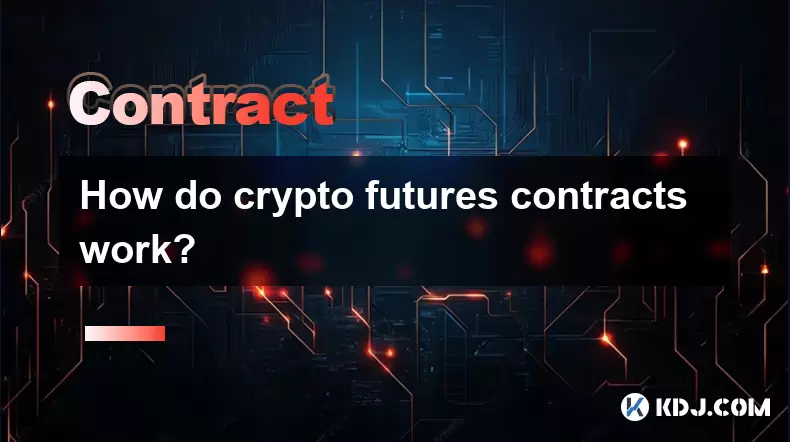
Understanding the Basics of Crypto Futures Contracts
Crypto futures contracts are financial derivatives that allow traders to speculate on or hedge against the future price of cryptocurrencies. Unlike spot trading, where you buy or sell actual digital assets immediately, futures trading involves an agreement to buy or sell a specific amount of cryptocurrency at a predetermined price and date in the future. These contracts derive their value from the underlying crypto asset, such as Bitcoin or Ethereum.
One key feature of crypto futures is leverage, which enables traders to control larger positions with relatively small capital. However, leverage also increases both potential profits and losses. The contracts are typically standardized and traded on regulated exchanges like Binance, Bybit, or OKX, ensuring transparency and reducing counterparty risk.
How Are Prices Determined in Crypto Futures Markets?
The pricing of crypto futures contracts is influenced by several factors. One primary factor is the spot price of the underlying cryptocurrency. As the spot price fluctuates, so does the futures price. However, there’s often a discrepancy between the two, known as the basis, which can be positive (contango) or negative (backwardation).
Another important element is the cost of carry, which includes storage costs, interest, and other expenses associated with holding the underlying asset until the contract expires. In traditional markets, this cost plays a major role in futures pricing, and it applies similarly in crypto markets due to funding mechanisms and margin requirements.
Additionally, market sentiment, macroeconomic indicators, and exchange-specific conditions such as open interest and liquidity can impact futures prices. Traders use tools like order books, candlestick charts, and volume data to analyze these dynamics before entering positions.
Types of Crypto Futures Contracts Available
There are primarily two types of crypto futures contracts available on most platforms:
- Perpetual contracts: These don’t have an expiration date and are the most popular type among retail traders. They use a funding rate mechanism to tether the price of the perpetual contract to the spot price.
- Quarterly contracts: These expire on a fixed date, usually the last Friday of the quarter, and settle based on the average price of the underlying asset over a specified period.
Each type serves different trading strategies. Perpetuals are ideal for short-term speculation, while quarterly contracts are preferred for hedging or long-term exposure. Some platforms also offer inverse futures, where payouts are made in the base cryptocurrency instead of fiat or stablecoins, adding another layer of complexity for users unfamiliar with the concept.
Executing a Trade: Step-by-Step Process
To trade crypto futures, follow these detailed steps:
- Create an account on a futures-supporting exchange like Bybit, Binance Futures, or KuCoin Futures.
- Complete KYC verification if required by the platform.
- Deposit funds into your futures wallet—this can be in fiat, stablecoins, or crypto depending on the exchange's offerings.
- Navigate to the futures section and choose the desired pair (e.g., BTC/USDT).
- Select the type of contract: perpetual or quarterly.
- Set the leverage level, keeping in mind the risks involved. Most platforms allow up to 100x leverage for experienced traders.
- Choose between a limit order or market order depending on whether you want to set a specific entry price or execute immediately.
- Confirm the trade and monitor your position through the open orders section.
It’s crucial to set stop-loss and take-profit levels to manage risk effectively. Also, keep track of the funding rate if trading perpetual contracts, as it affects your profit or loss over time.
Settlement and Liquidation Mechanisms
In crypto futures trading, settlement refers to how the contract concludes when it expires or when a trader closes their position. For quarterly contracts, settlement occurs automatically using a time-weighted average price (TWAP) of the underlying asset across major exchanges. This prevents manipulation and ensures fair pricing.
For perpetual contracts, funding fees are periodically exchanged between long and short traders to keep the price aligned with the spot market. If the perpetual price is higher than the index price, longs pay shorts, and vice versa.
Liquidation happens when a trader’s margin falls below the required maintenance level due to adverse price movement. At this point, the exchange automatically closes the position to prevent further losses. Traders should closely monitor their liquidation price, which is usually displayed in real-time on most trading interfaces.
Risks and Considerations in Trading Crypto Futures
Trading crypto futures carries significant risks, especially due to high volatility and leverage. One of the biggest dangers is over-leveraging, where even a small move against a position can trigger a liquidation. It’s essential to understand margin requirements, position sizing, and risk-reward ratios before entering any trade.
Another risk is market manipulation, particularly in less liquid markets. Large players can sometimes influence prices temporarily, leading to unexpected slippage or forced exits. Additionally, regulatory uncertainty remains a concern, as governments continue to evolve their stance on crypto derivatives.
Lastly, technical issues such as exchange outages, API failures, or network congestion can disrupt trading activities. Using reliable platforms and having backup plans, such as setting alerts and using multiple devices, can mitigate some of these risks.
Frequently Asked Questions
What is the difference between crypto futures and options?
Futures obligate traders to buy or sell an asset at a set price and time, while options give the right—but not the obligation—to do so. Options also involve premiums, unlike futures, which require margin deposits.
Can I trade crypto futures without leverage?
Yes, many exchanges allow traders to use zero or minimal leverage. This approach reduces risk but also limits potential gains compared to leveraged positions.
Do all crypto futures contracts use stablecoins as collateral?
No, while many contracts use USDT or USDⓈ-M (Binance's stablecoin-margined system), some are inverse futures that use the native cryptocurrency like BTC or ETH as collateral.
Is futures trading suitable for beginners?
Due to complexity and risk, futures trading is generally recommended for experienced traders. Beginners should start with demo accounts or paper trading before committing real funds.
Disclaimer:info@kdj.com
The information provided is not trading advice. kdj.com does not assume any responsibility for any investments made based on the information provided in this article. Cryptocurrencies are highly volatile and it is highly recommended that you invest with caution after thorough research!
If you believe that the content used on this website infringes your copyright, please contact us immediately (info@kdj.com) and we will delete it promptly.
- Cracking the Code: Passive Income with Crypto & Altcoins in the 2025 Bull Run
- 2025-07-12 18:30:12
- Crypto Bull Run: Meme Coins Like Troller Cat Lead the Charge
- 2025-07-12 18:30:12
- Solana, Meme Coins, and Ethereum: A Bullish Crypto Cocktail?
- 2025-07-12 18:50:12
- Chainlink's Climb: LINK Price, All-Time Highs, and What's Next
- 2025-07-12 19:10:12
- Crypto Bull Run, Altcoin Season, and Momentum Gains: Are We There Yet?
- 2025-07-12 19:15:11
- Eddie Rocks the Royal Mint: Iron Maiden's 50th Anniversary Gets Coin-ified!
- 2025-07-12 16:30:11
Related knowledge
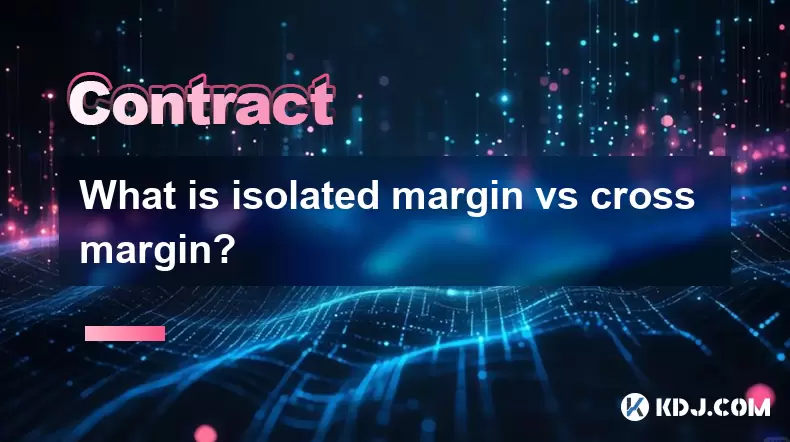
What is isolated margin vs cross margin?
Jul 12,2025 at 04:01pm
Understanding Margin in Cryptocurrency TradingIn cryptocurrency trading, margin refers to the amount of funds a trader must deposit to open and mainta...

What are Bitcoin contracts?
Jul 12,2025 at 06:21pm
What Are Bitcoin Contracts?Bitcoin contracts refer to smart contracts or derivative agreements that are built on blockchain platforms and utilize Bitc...
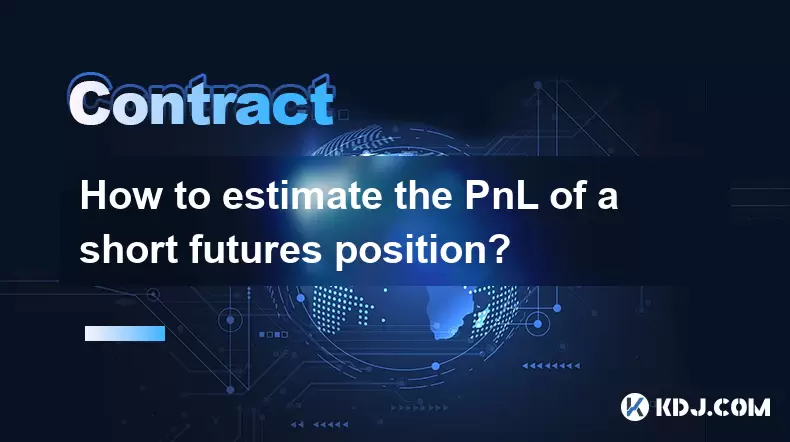
How to estimate the PnL of a short futures position?
Jul 10,2025 at 05:00pm
Understanding the Basics of Futures Trading and PnLIn futures trading, a trader enters into a contract to buy or sell an asset at a predetermined pric...
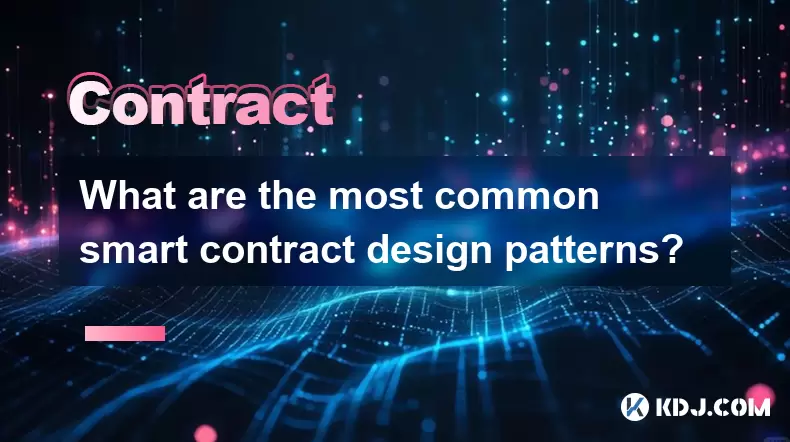
What are the most common smart contract design patterns?
Jul 10,2025 at 09:29pm
Introduction to Smart Contract Design PatternsSmart contract design patterns are standardized solutions to recurring problems encountered during the d...
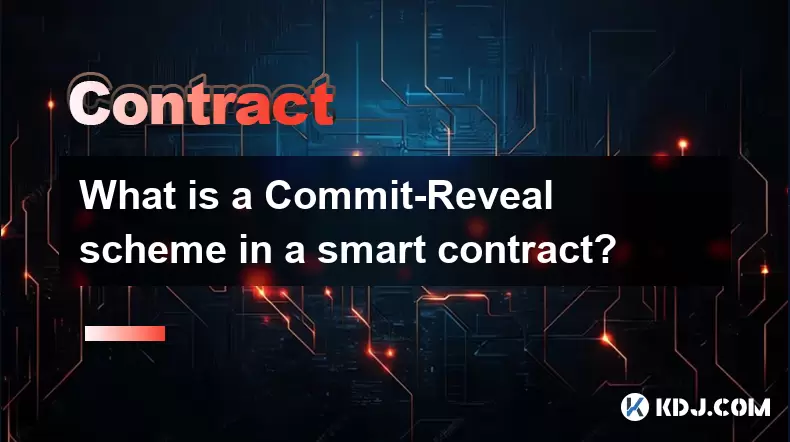
What is a Commit-Reveal scheme in a smart contract?
Jul 10,2025 at 05:22pm
Understanding the Concept of a Commit-Reveal SchemeIn the realm of blockchain and smart contracts, privacy and fairness are often critical concerns, e...
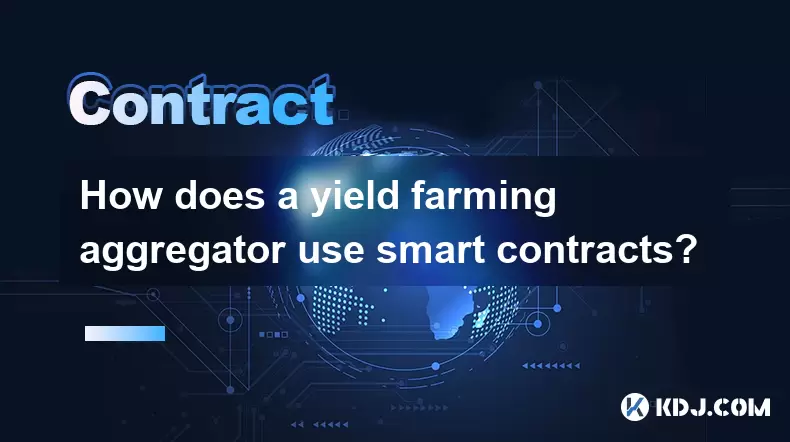
How does a yield farming aggregator use smart contracts?
Jul 11,2025 at 02:49am
Understanding the Role of Smart Contracts in Yield Farming AggregatorsA yield farming aggregator leverages smart contracts to automate and optimize th...

What is isolated margin vs cross margin?
Jul 12,2025 at 04:01pm
Understanding Margin in Cryptocurrency TradingIn cryptocurrency trading, margin refers to the amount of funds a trader must deposit to open and mainta...

What are Bitcoin contracts?
Jul 12,2025 at 06:21pm
What Are Bitcoin Contracts?Bitcoin contracts refer to smart contracts or derivative agreements that are built on blockchain platforms and utilize Bitc...

How to estimate the PnL of a short futures position?
Jul 10,2025 at 05:00pm
Understanding the Basics of Futures Trading and PnLIn futures trading, a trader enters into a contract to buy or sell an asset at a predetermined pric...

What are the most common smart contract design patterns?
Jul 10,2025 at 09:29pm
Introduction to Smart Contract Design PatternsSmart contract design patterns are standardized solutions to recurring problems encountered during the d...

What is a Commit-Reveal scheme in a smart contract?
Jul 10,2025 at 05:22pm
Understanding the Concept of a Commit-Reveal SchemeIn the realm of blockchain and smart contracts, privacy and fairness are often critical concerns, e...

How does a yield farming aggregator use smart contracts?
Jul 11,2025 at 02:49am
Understanding the Role of Smart Contracts in Yield Farming AggregatorsA yield farming aggregator leverages smart contracts to automate and optimize th...
See all articles























